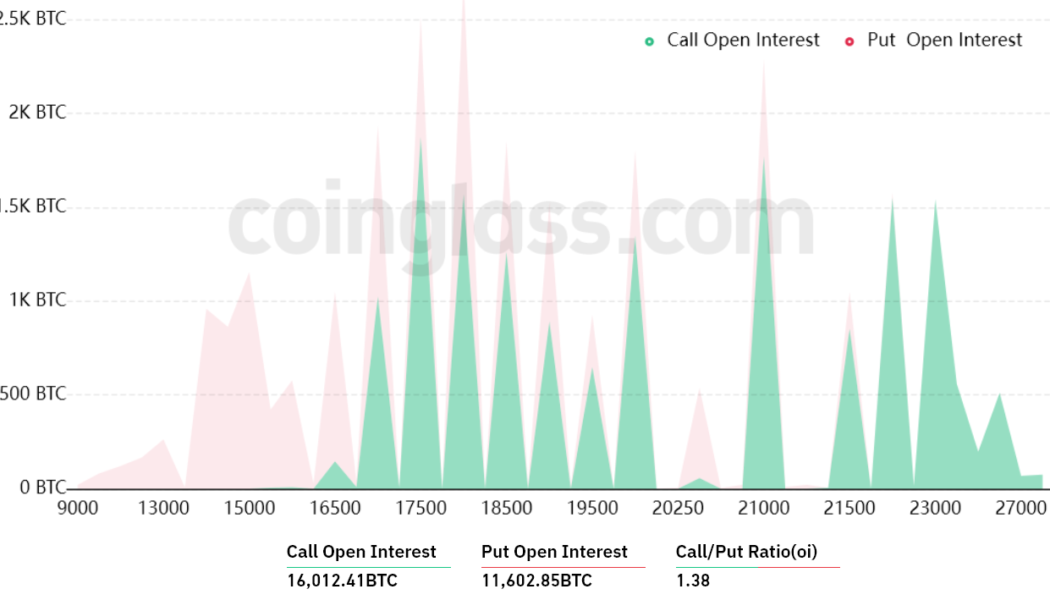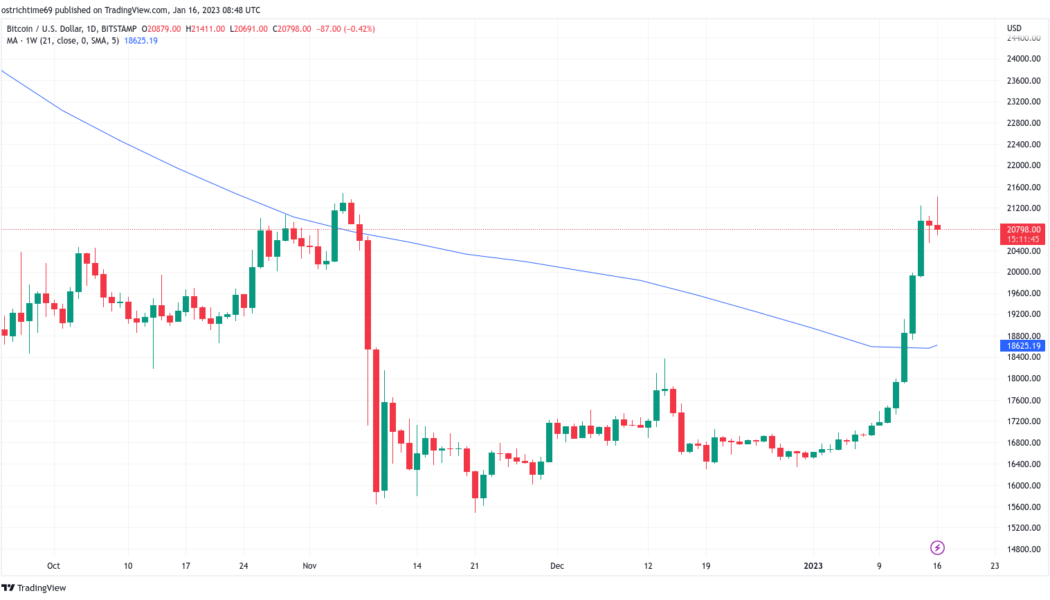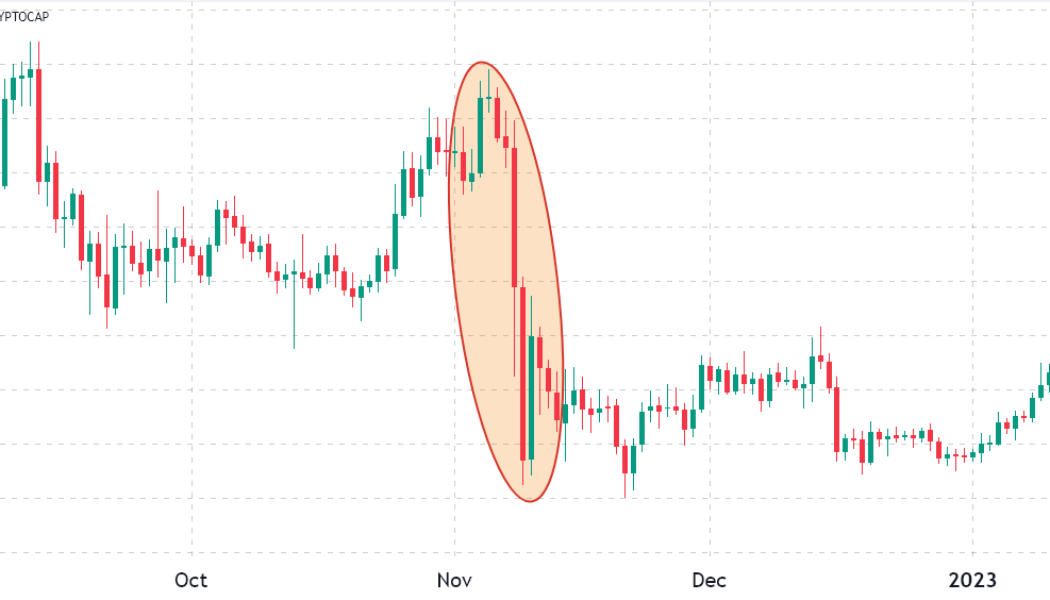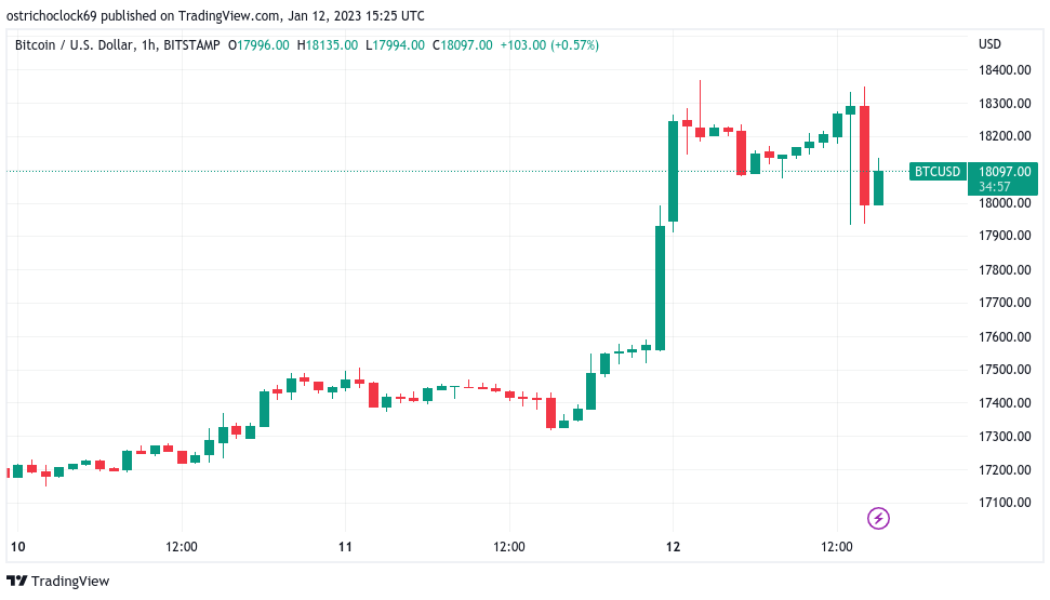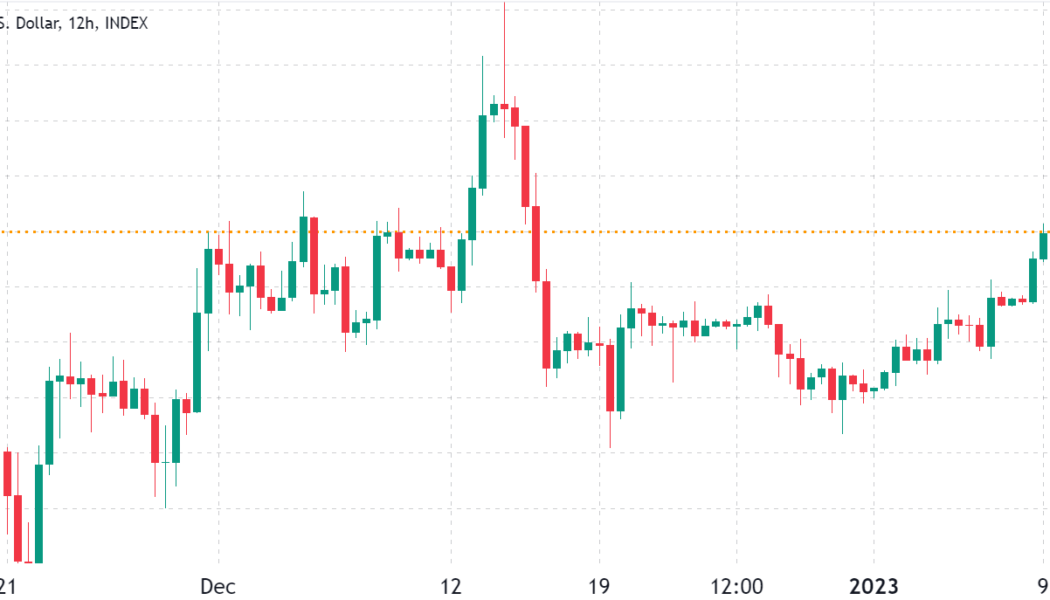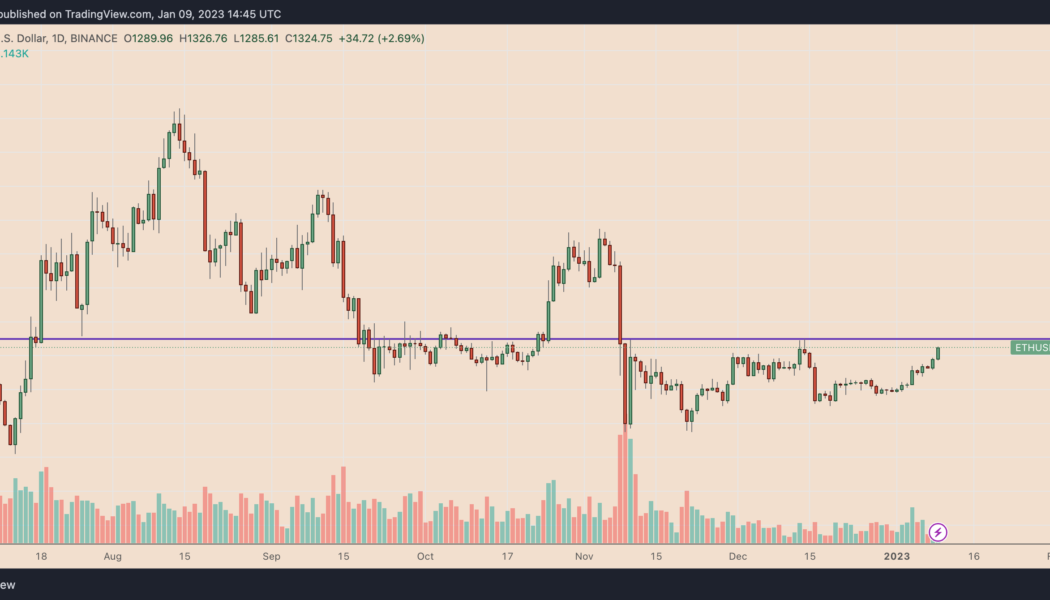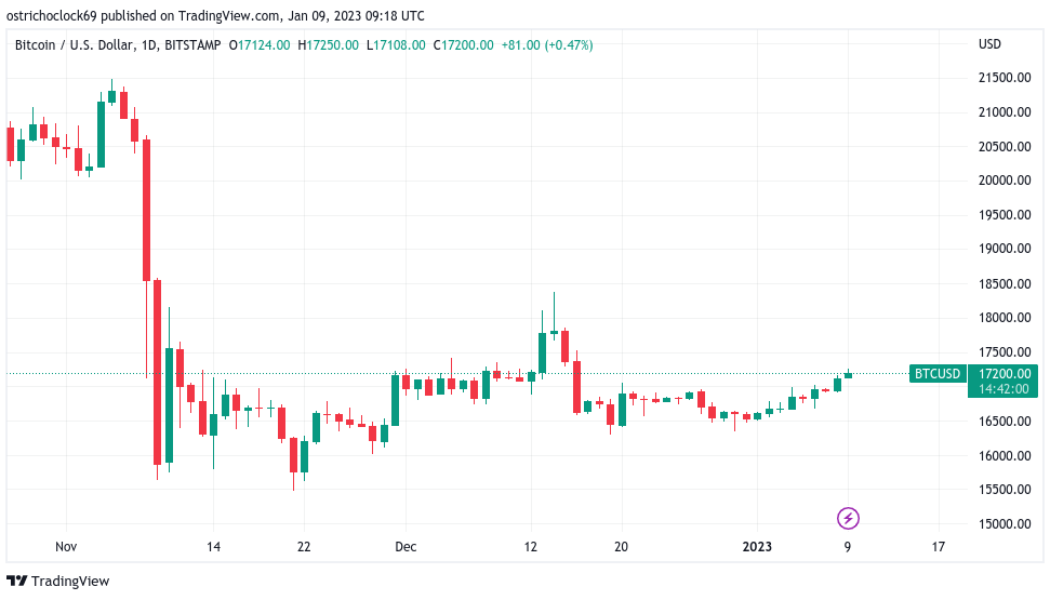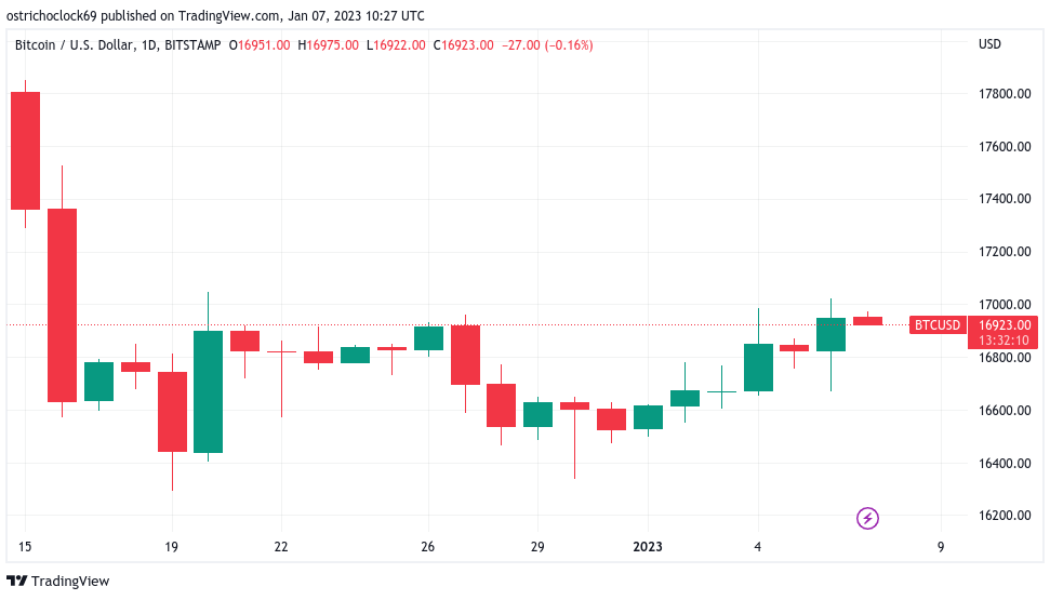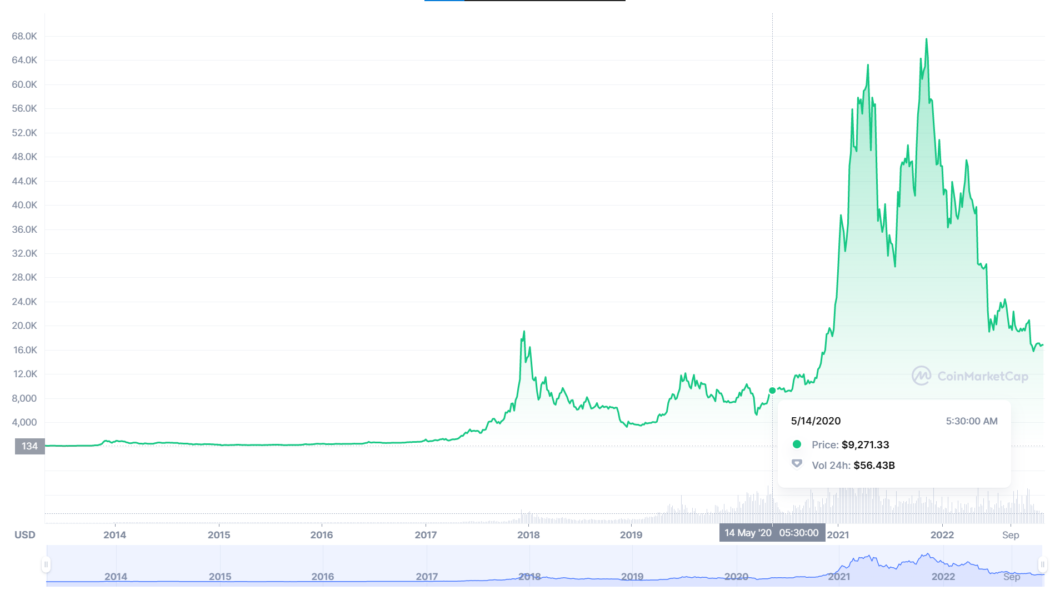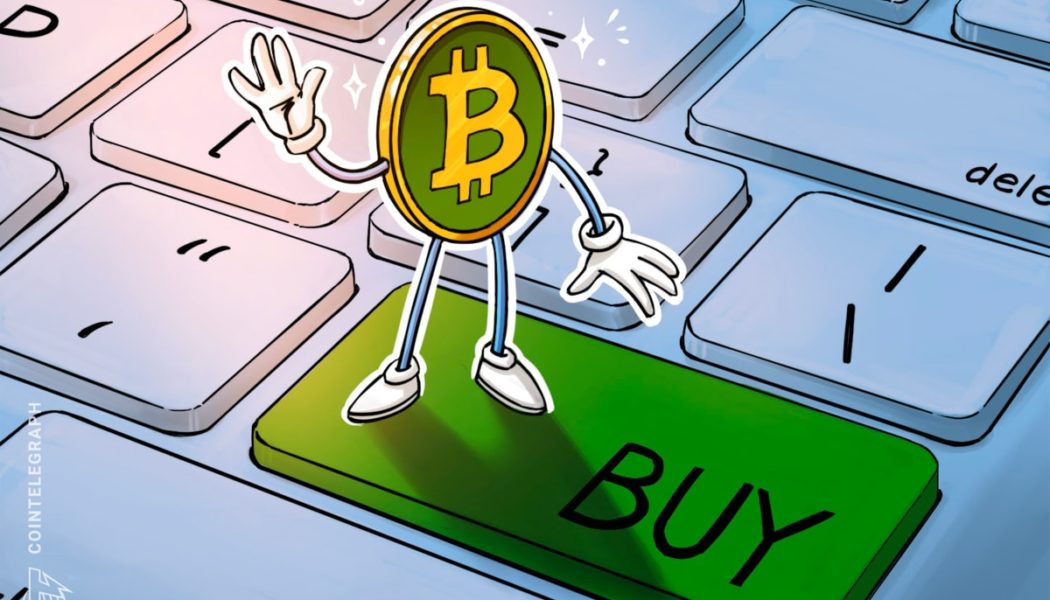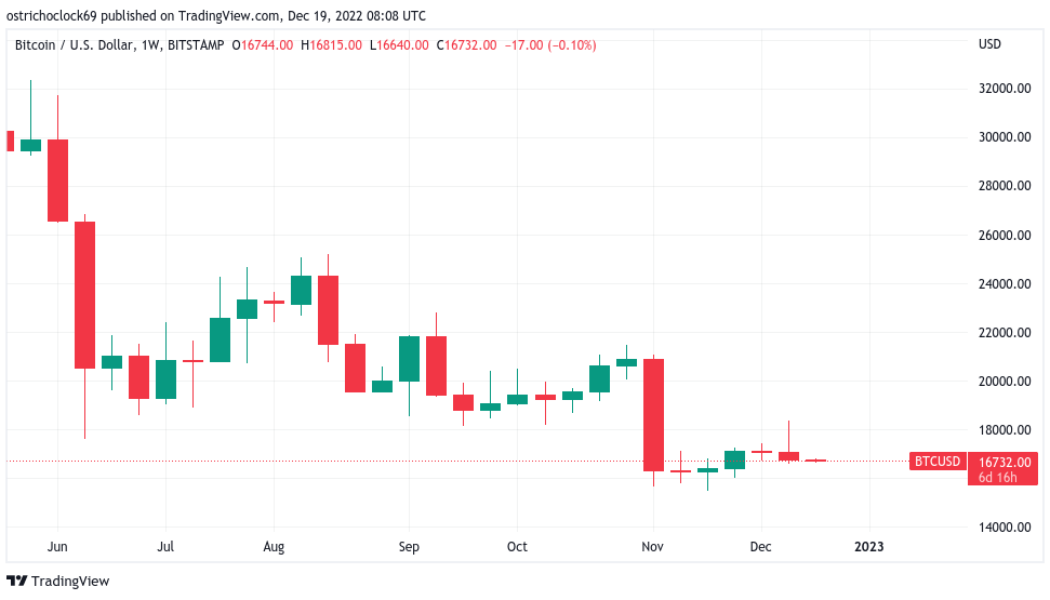Inflation
BTC price cancels FTX losses — 5 things to know in Bitcoin this week
Bitcoin (BTC) starts a new week at new 2023 highs but still dividing opinion after a blistering price rally. In what is shaping up to be the antidote to last year’s slow bleed lower, January has delivered the volatility Bitcoin bulls were hoping for — but can they sustain it? This is the key question for market participants going into the third week of the month. Opinion remains divided on Bitcoin’s fundamental strength; some believe outright that the march to two-month highs is a “sucker’s rally,” while others are hoping that the good times will continue — at least for the time being. Beyond market dynamics, there is no shortage of potential catalysts waiting to assert themselves on sentiment. United States economic data will keep coming, while corporate earnings could deliver some fresh ...
Total crypto market cap closes in on $1T right as Bitcoin price moves toward $20K
The total cryptocurrency market capitalization reached its highest level in over two months on Jan. 13 after breaking above the $900 billion mark on Jan. 12. While the 15.5% year-to-date gain sounds promising, the level is still 50% below the $1.88 trillion crypto market cap seen before the Terra-Luna ecosystem collapsed in April 2022. Crypto markets total capitalization, USD. Source: TradingView “Hopeful skepticism” is probably the best description of most investors’ sentiment at the moment, especially after the recent struggles of recapturing a $1 trillion market capitalization in early November. That rally to $1 trillion was followed by a 27.6% correction in three days and it invalidated any bullish momentum that traders might have expected. Bitcoin (BTC) has gained 15.7% year-to-...
Bitcoin price fails to seal fresh CPI gains as $18K support hangs in balance
Bitcoin (BTC) wobbled at $18,000 at the Jan. 12 Wall Street open despite United States inflation continuing to fall. BTC/USD 1-hour candle chart (Bitstamp). Source: TradingView Bitcoin traders stay wary post-CPI Data from Cointelegraph Markets Pro and TradingView showed BTC/USD encountering predictable volatility around the release of Consumer Price Index (CPI) data for December. The first such release of 2023, the event preceded the start of trading on Wall Street, with Bitcoin briefly gapping higher before returning to threaten a breakdown below the $18,000 mark. In so doing, the largest cryptocurrency copied behavior from one month prior, with resistance at $18,500 remaining untested. CPI came in at 6.5% year-on-year, in line with the majority of predictions. According to CME Group’s Fe...
BTC price 3-week highs greet US CPI — 5 things to know in Bitcoin this week
Bitcoin (BTC) starts a new week on a promising footing with BTC price action near one-month highs — can it last? In a new year’s boost to bulls, BTC/USD is currently surfing levels not seen since mid-December, with the weekly close providing cause for optimism. The move precedes a conspicuous macroeconomic week for crypto markets, with the December 2022 Consumer Price Index (CPI) print due from the United States. Jerome Powell, Chair of the Federal Reserve, will also deliver a speech on the economy, with inflation on everyone’s radar. Inside the crypto sphere, FTX contagion continues, with Digital Currency Group (DCG) at odds with institutional clients over its handling of solvency problems at subsidiary Genesis Trading. At the same time, under the hood, Bitcoin still shows signs of recove...
Bitcoin price nears 3-week high as trader says sub-7% CPI may see $19K
Bitcoin (BTC) traded nearer $17,000 on Jan. 7 after the end of the year’s first trading week delivered a spike higher. BTC/USD 1-day candle chart (Bitstamp). Source: TradingView All eyes on CPI Data from Cointelegraph Markets Pro and TradingView followed BTC/USD as it briefly passed the $17,000 mark the day prior. The pair had seen flash volatility on the back of fresh economic data from the United States, this nonetheless fading to leave the key level “unflipped” as resistance. Nonetheless, the brief uptick delivered Bitcoin’s highest price point since Dec. 20, 2022. Reacting, market participants continued to look to next week’s Consumer Price Index (CPI) print as a key potential catalyst for risk assets. “Unemployment will rally in the coming months. Yields will fall of a cliff if CPI is...
Rewind 2022: A crypto roundup of the year and stepping into 2023
Stepping into the year 2023, it’s time to pause and reflect on the accomplishments and struggles the global crypto community witnessed over the last 365 days. Starting from the very beginning of 2022, no investment strategy could help recover the falling portfolios across traditional and crypto ecosystems. January 2022 inherited a slightly collapsing market, wherein investments made on 2021 all-time high prices resulted in immediate losses. For many, especially the new entrants, falling crypto prices were perceived as an end game. But what went widely unnoticed was the community’s resilience and accomplishments against a global recession, orchestrated attacks and scams and an unforgiving bear market. As a result of falling prices, 2022 also inherited the 2021 hype around nonfun...
Economic frailty could soon give Bitcoin a new role in global trade
The chaos we’ve experienced in global markets this year — global geopolitical upheaval magnified by the confluence of broken supply chains, inflation and heavy national debt loads — seems to signal the beginning of a new era. All of this is within the context of the United States dollar serving as the primary global reserve currency, currently accounting for about 40% of global exports. But monetary history tells us that multiple global reserve currencies can exist at one time. Many countries are actively seeking a reserve settlement that is insulated from global political strife. Bitcoin (BTC) may fit the bill, and if it is adopted as an alternative reserve currency — even at the margins — we will see the unleashing of Bitcoin-based trade and the rise of a new geopolitical reality. The Bi...
‘Wave lower’ for all markets? 5 things to know in Bitcoin this week
Bitcoin (BTC) starts the week before Christmas with a whimper as a tight trading range gives BTC bulls little cheer. A weekly close just above $16,700 means BTC/USD remains without major volatility amid a lack of overall market direction. Having seen erratic trading behavior around the latest United States macroeconomic data print, the pair has since returned to an all-too-familiar status quo. What could change it? That is the question on every analyst’s lips as markets limp into Christmas with little to offer. The reality is tough for the average Bitcoin hodler — BTC is trading below where it was two years and even five years ago. “FUD” is hardly in short supply thanks to FTX fallout and concerns over Binance. At the same time, there are signs that miners are recovering, while on-chain in...
The Federal Reserve’s pursuit of a ‘reverse wealth effect’ is undermining crypto
The Federal Reserve’s strategy to hike interest rates may continue, making it difficult for the crypto industry to bounce back. For crypto assets to become the hedge against inflation, the industry needs to explore ways to decouple crypto from traditional markets. Decentralized finance (DeFi) can perhaps offer a way out by breaking away from legacy financial models. How Federal Reserve policies are affecting crypto In the 1980s, Paul Volcker, the chairman of the Federal Reserve Board, introduced the interest hiking policy to control inflation. Volcker raised interest rates to over 20%, forcing the economy into a recession by reducing people’s purchasing capacity. The strategy worked, and the Consumer Price Index (CPI) went down from 14.85% to 2.5%. Even now, the Federal Reserve continues t...
